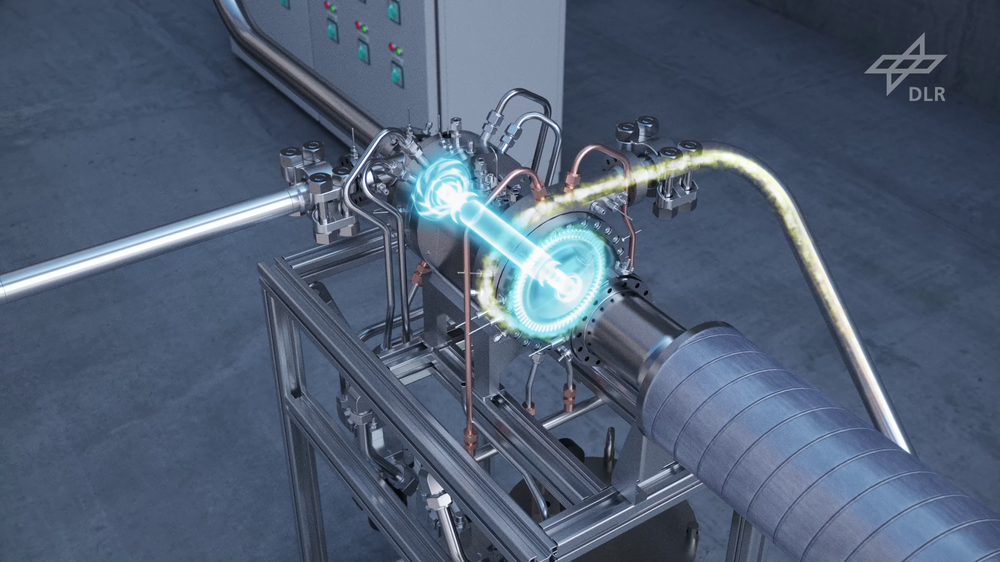Turbo Pump Technology

A central goal of the DLR institute is to bundle all competencies in the field of rocket propulsion turbopumps in order to conduct targeted and effective research. DLR scientists are concentrating on the development of new technologies to make turbopumps more cost-effective and efficient. Different approaches are chosen, ranging from the improvement of conventional methods to the development of new concepts with which, for example, genetic algorithms can be trained for the design process (machine learning). The conventional and novel approaches developed can develop their full potential in conjunction with new manufacturing processes, such as 3D printing, and thus lead to solutions that were previously considered unthinkable. The core competence is to test the knowledge gained in this way under real conditions in rocket engines and thus generate a knowledge base that will advance space travel worldwide.
The focus of the group is on:
- Design and manufacture of turbopump prototypes,
- Operation and testing of turbopumps,
- Cavitation research,
- Research on and testing of condition monitoring methods,
- Research to improve the reusability of turbopumps and components,
- Electrically driven turbopumps,
- Optimization of components and manufacturing methods,
- Development of novel measurement methods.
Among other things, the LUMEN demonstrator engine is used to implement these priorities. In addition, the Turbo Pump Technology Group has two test benches that were built specifically for turbopump development:
Modular turbopump test bench (MTP)
- Test of pumps / turbines
- 750 kilowatts driver / braking power
- Liquid oxygen / liquid biomethane / liquid hydrogen
- 65,000 rotations per minute (rpm)
Cryogenic Sealing and Bearing Test Bench (CSBT)
- Cryogenic tests with bearings and seals for turbopumps
- Liquid nitrogen / liquid oxygen / liquid biomethane for bearings, gaseous helium / liquid nitrogen sealing gas
- 65,000 rotations per minute (rpm)
